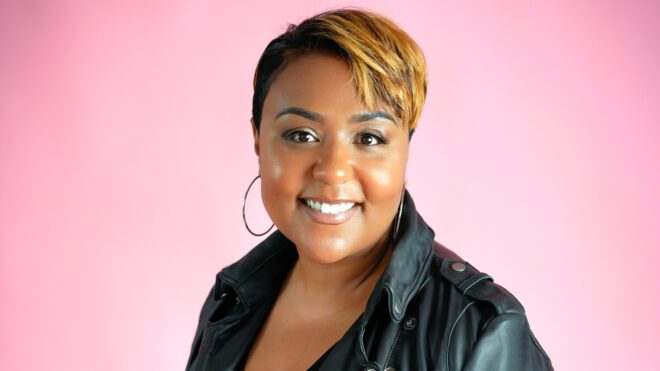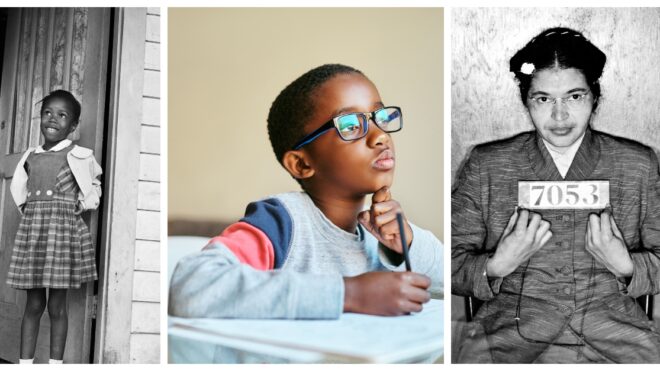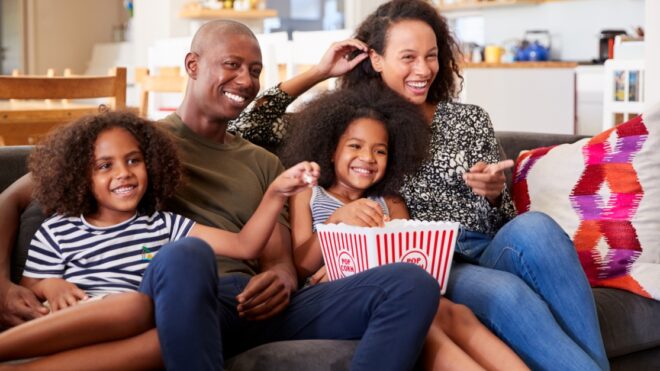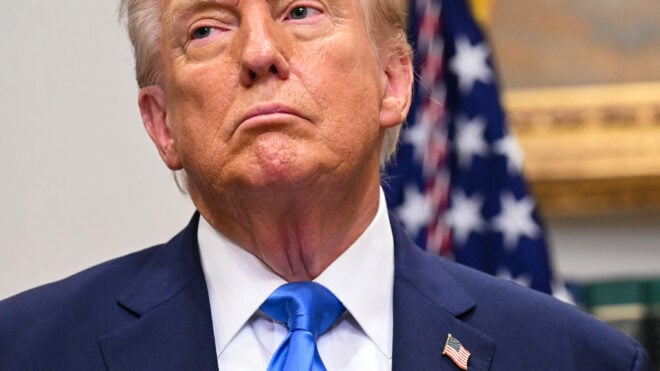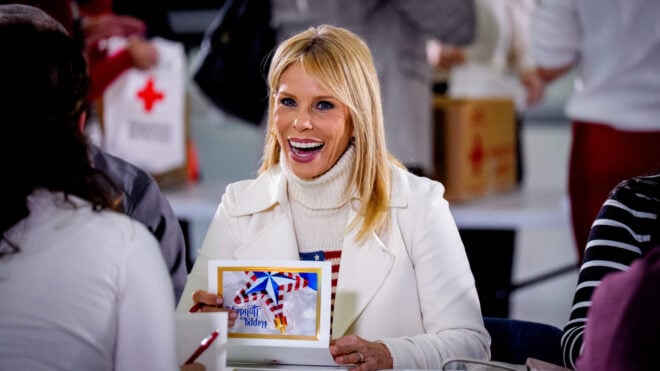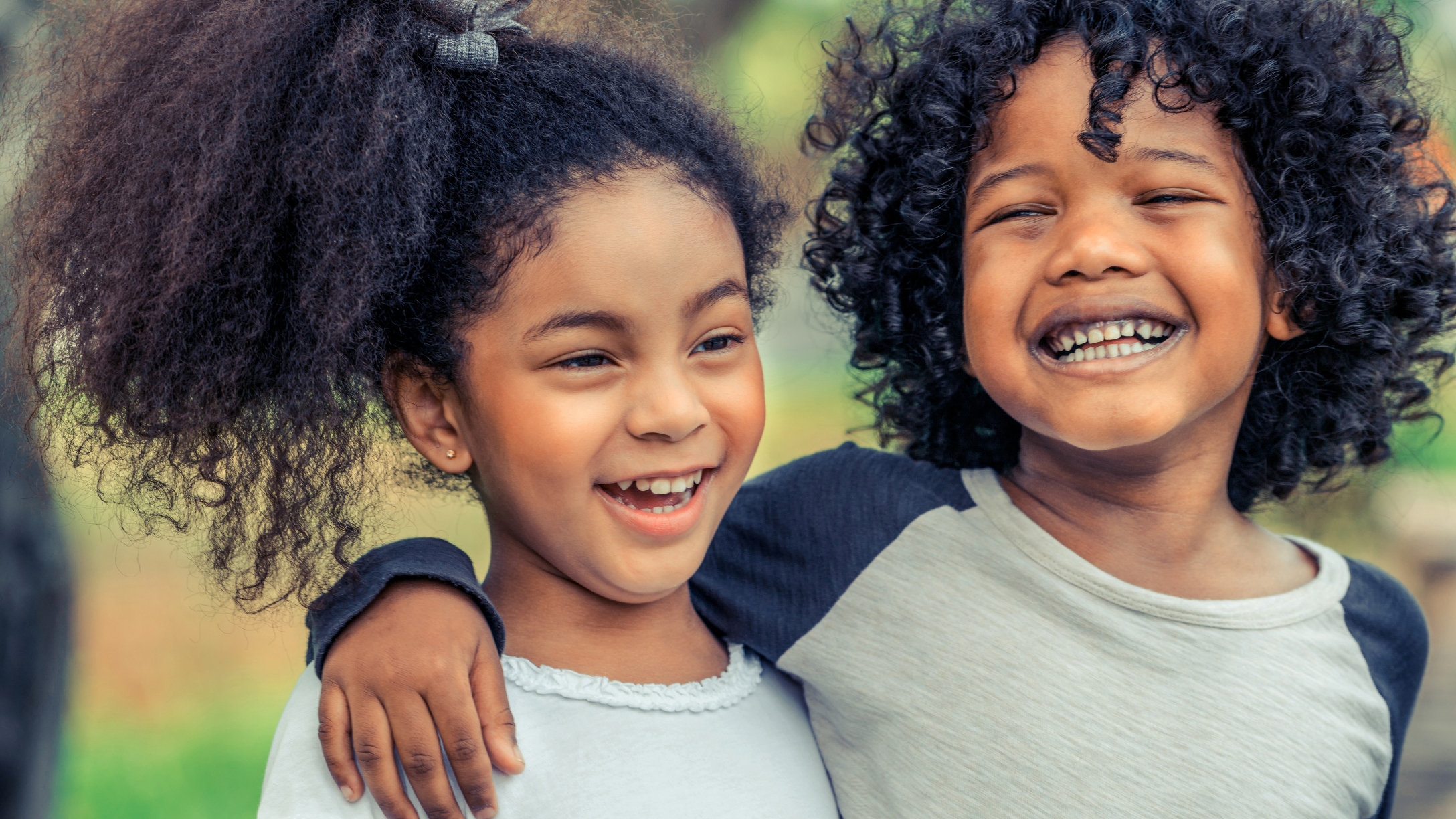
I remember the day my niece came home, bottom lip stuck out and eyes watery. “Kids at school were making fun of me. They said I have an Afro.” The family looked perplexed. “You do have an Afro,” we said in unison and laughed. We pointed to each other, “Your uncle has an Afro and your brother has one too.” Our curls and coils were beautiful and we already knew that, but my niece hadn’t learned to see herself in this light yet.
I had a few books for my niece that I was saving for her birthday, and I went up and got them. “Look. This little girl has an Afro like yours, and she’s an astronaut.” At that time, I hadn’t had children of my own, but I could see my nieces and nephews were in need of encouragement as the world outside worked to make them feel that the natural hair that grew out of their head was wrong, unruly, and unworthy. Now that I have children, two little girls with thick, tight curls, I make sure to reinforce their self-confidence with positive images of people who have curly and coily hair.
Why do we need to engender a positive attitude toward curly and coily hair in our children? Well, because there are real-life consequences when hair discrimination is tolerated. In 2019, a high school wrestler was ordered to cut his dreadlocks just before a match. He was told by the referee, “Your hair covering doesn’t conform to the rule book, so cut your dreadlocks or forfeit.” All across the country, the video of this young boy’s hair being cut electrified communities.

From the UK to South Africa and beyond, young people are fighting back against hair discrimination and reclaiming the right to their identity. Parents and family members should support their efforts, and that type of support begins at home.
If you have curly- or coily-hair kids ...
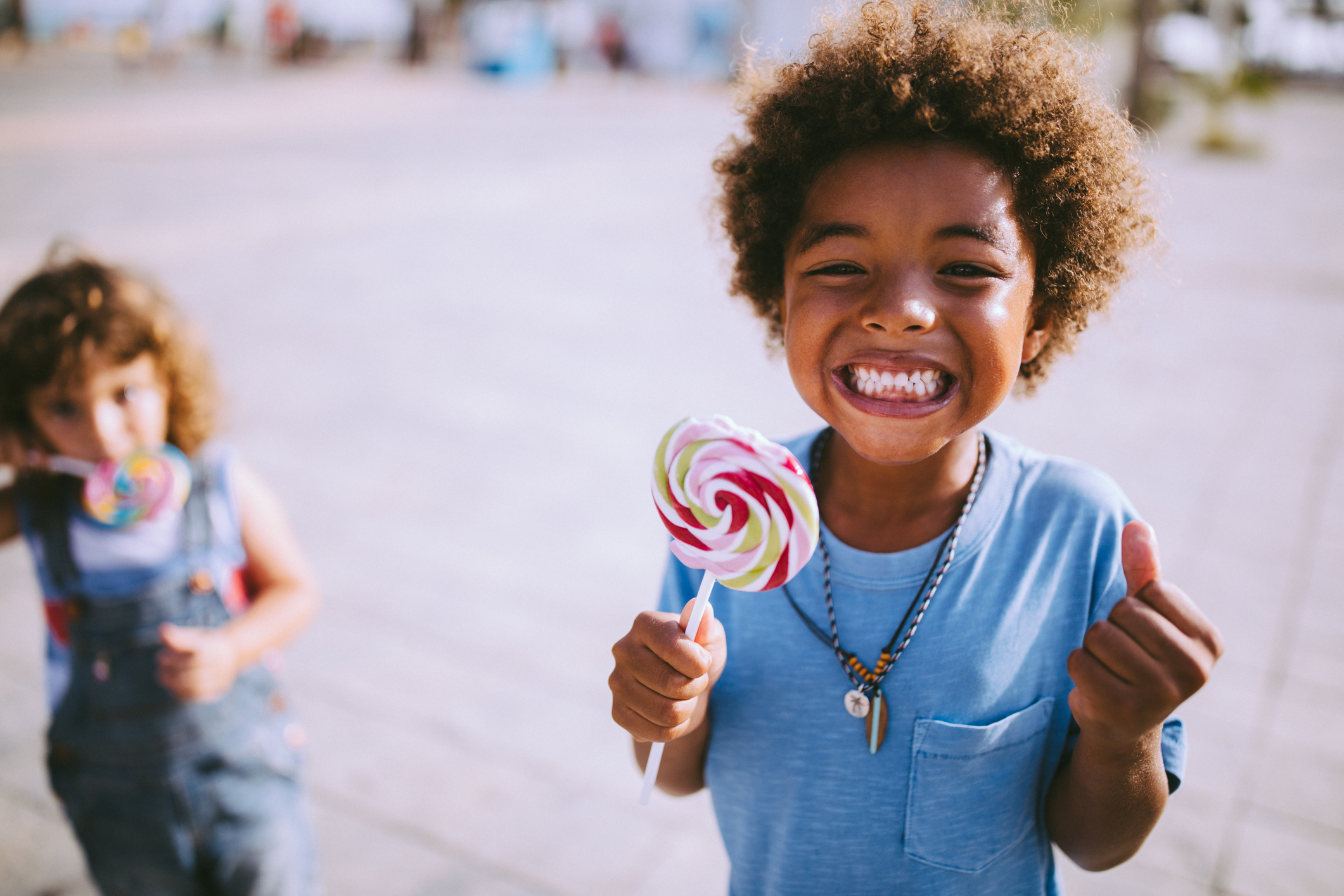
Cultivating a positive attitude toward all hair types in our children starts with confronting our own perceptions. The first thing we need to address is the association of curly and coily hair as damaged or brittle. These terms, slapped across hair products ever since we can remember, are pejorative compared to products for “fine” or “normal” hair types. Clearing your bathroom of products that promote insecurity in our children is a simple and easy way to start the process of promoting hair inclusivity at home.
Next is the detangling process. There is a saying in Spanish that is popular among Hispanic households like the one in which I grew up. It translates roughly to say that if you want your hair to look good, then you have to endure pain. But that’s simply not true. In fact, the detangling process doesn’t have to be painful at all. Most curls and coils should not be washed more than twice a week. For parents of children who aren’t old enough to wash and detangle their own hair, it can take a bit of planning. Doing simple things like playing your child’s favorite music, movie, or series while you deep-condition and detangle can make them feel comfortable and relaxed throughout the process.
If you don’t have the same hair texture as your child and you’re not sure where to begin, that’s OK. Online tutorials make it easy to learn how to detangle and style your child’s hair. You can ask a stylist or barber for tips and advice, too. I even like to follow hair influencers on Instagram who offer styling tips and in-depth product reviews.
You may need to invest in products that are specific to your child’s hair. When it comes to curls and coils, remember that slippage is key. Aim to find shampoos and conditioners that make hair feel slick to the touch and make the detangling process faster and easier. Sometimes the best products are more expensive. Through trial and error, I finally found the right deep conditioner for my daughter’s hair. But it’s a bit pricey, so when it goes on sale, I stock up.
Now, even though you may be a pro at your child’s wash-and-style routine, it’s also important to reinforce positive attitudes toward curls and coils by curating media that affirms these values. Watch the Oscar-winning short film Hair Love and I dare you not to cry. I purchased the book for my daughter, too. In fact, I make it a point to seek out books with lead characters who look like her, curly and coily hair kids who are adventurous, geniuses, and just plain normal. From dolls to birthday cards and posters on their bedroom walls, there are endless opportunities to show curls and coils in a positive light and instill a sense of confidence and security in our kids.
If your kids don’t have curls or coils ...
No matter where you and your family are on the spectrum of hair texture, it’s everyone’s responsibility to promote inclusivity. This education starts at home, too. The first thing you can do is to educate yourself on hair discrimination and understand that it can take on many forms. Then lead by example.
You may have heard this before, but no matter how fascinating someone’s hair is, don’t touch it. It would be weird if a stranger walked up to you and touched you, so think about that if you ever feel compelled to reach out and touch someone’s hair. This is especially true if you ever catch yourself about to touch the hair of a child who is not your own.
Another way to engender hair inclusivity is to expose your family to a variety of hair types. From toys to cartoons to museum exhibitions to friendship circles, expand your exposure to hair types that are different from your own.
And lastly, practice positive talk around curly and coily hair. Don’t approach curls and coils as exotic, and don’t talk about them as difficult to control. Why should curls and coils be “controlled” anyway? Who does that serve?
It's all good.
State by state, laws are being enacted to end hair-based discrimination, which unfairly targets those with curly and coily hair. Understanding the gravity of how this may affect children is imperative. Creating a more inclusive world for our children means that we shouldn’t wait to be affected by discrimination before we start to actively work against it. From lovingly and gently braiding hair to restraining our desire to compare hair types, laying the groundwork for hair inclusivity can be simple in practice, but impactful in our children’s lives.

